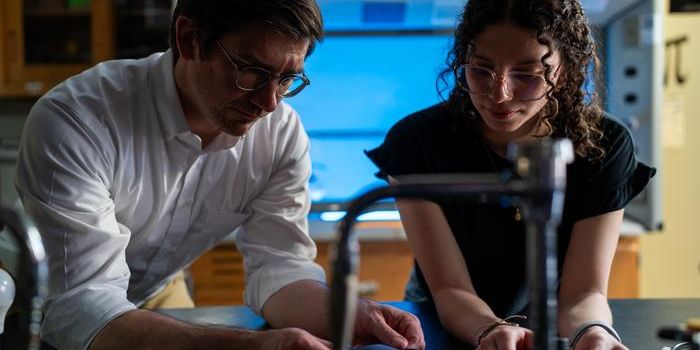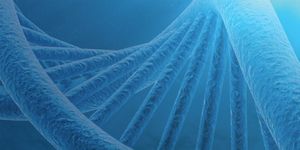"CASH" system optimizes materials development with machine learning
New research published in APL Material from scientists at the Tokyo Institute of Technology reports on the development of an autonomous technology called “CASH,” which stands for Connected, Autonomous, Shared, High-throughput. The strategy aims to automate the process of material development, making the synthesis, testing, and optimizing of materials faster and more efficient.
Designed by Associate Professor Ryota Shimizu and Professor Taro Hitosugi, CASH uses the information fed into the system about the intended optimized material properties to conduct the optimization process autonomously. Through machine learning, CASH is also capable of learning and adapting previous knowledge to improve the conditions under which materials are synthesized.
To test out CASH, the Tokyo researchers developed an experiment by which the system would attempt to optimize the electrical resistance of a titanium dioxide thin film by adjusting the deposition conditions. Following testing, the researchers showed that CASH was not only able to successfully produce these optimized conditions but was able to do so at a rate tenfold that of the manual input by scientists in the laboratory.
While this improvement in efficiency is enough to be excited about, the scientists say that CASH will additionally make it possible to develop large shared databases that document how material properties vary under distinct synthesis conditions. Professor Hitosugi explains:
"Today, databases of substances and their properties remain incomplete. With the CASH approach, we could easily complete them and then discover hidden material properties, leading to the discovery of new laws of physics and resulting in insights through statistical analysis."

Hitosugi adds that it will be supremely important that scientists learn along with this new technology. "The training of future materials scientists must evolve; they will need to understand what machine learning can solve and set the problem accordingly. The strength of human researchers lies in creating concepts or identifying problems in society. Combining those strengths with machine learning and robotics is very important," he says.
Sources: APL Materials, Science Daily








